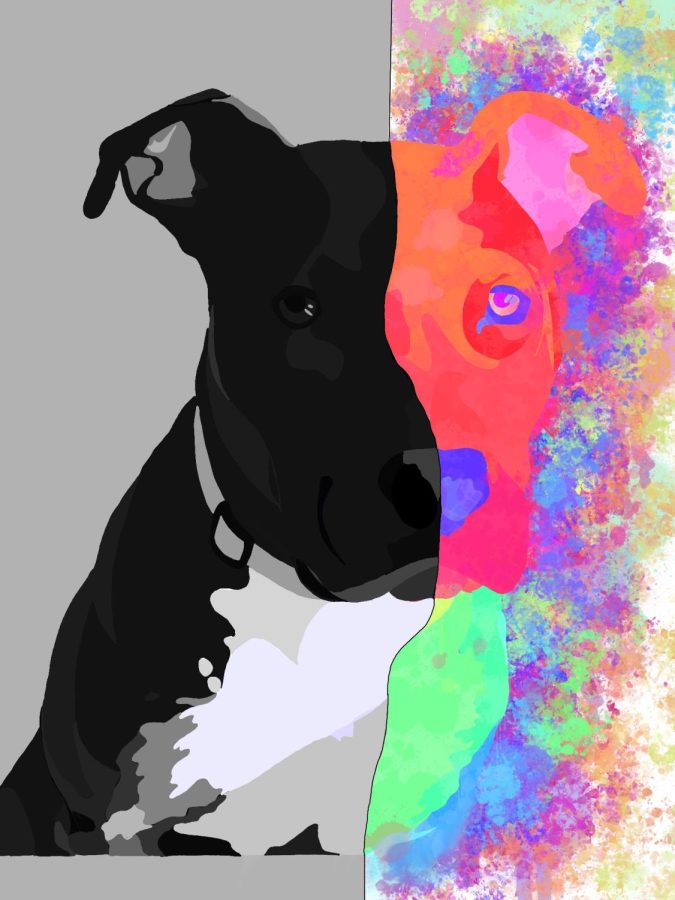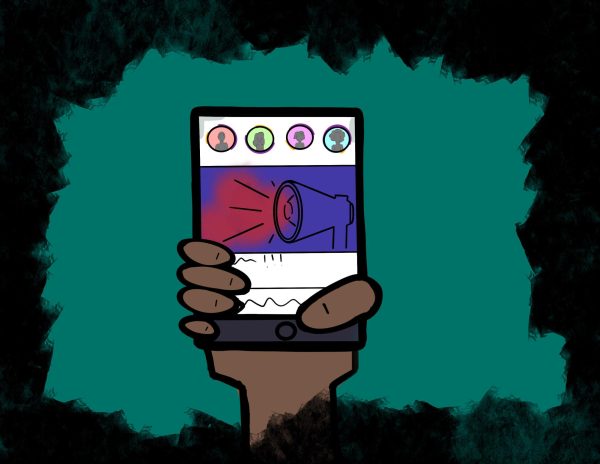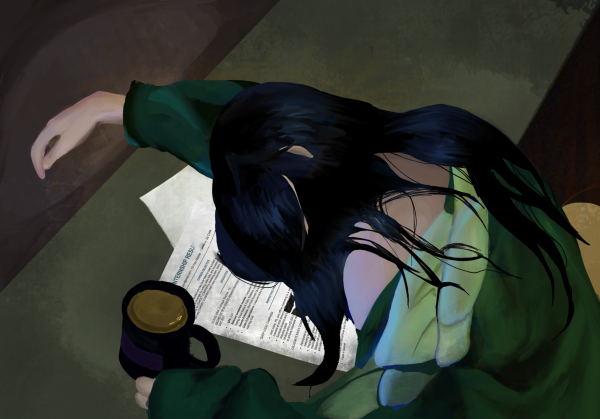Beware of This Dog
The history of the pit bull stigma is unjustified and untrue to their actual nature.
Writer’s Clarifying Note: I have been made aware of the fact that I have argued my point poorly. While the negative image that surrounds pitbulls is closely tied with racism against black people, the two situations are not entirely comparable. The negative image became attached to the pitbull because of racism, and I apologise for not getting that across clearly.
The picture of the angry pitbull, of a snarling, angry beast, foaming at the mouth is an image that has been propagated for decades. Seen as some sort of boogeyman, pitbulls are subject to hatred so vicious that up to 1 million pit bulls are killed each year, all because of some unwarranted fear and preconceptions. Few dogs are as stigmatised as the pitbull – what is it about these dogs that garner so much negative attention?
The first thing to note is that “pitbull” is not a single breed, and instead is an umbrella term that encompasses multiple terrier dogs. Included are the American Pit Bull Terrier, the American Staffordshire Terrier, the Staffordshire Bull Terrier, and the American Bully. All separate breeds, all treated and ultimately stigmatised the same.
1 of the most prominent myths surrounding pitbulls is the claim that the dogs supposedly have “locking jaws” – in which, after biting, pitbulls are physically incapable of being dislodged. An important thing to note is that “lockjaw” doesn’t exist. No breed of dog has the physical characteristics that would allow them to “lock” their jaws shut, let alone pitbulls.
Pitbulls aren’t even the strongest dog breed. That title would go to the Kangal Shepherd Dog, a Turkish breed with a bite force of 734 psi. A study published by the National Center for Biotechnology Information and the US National Library of Medicine which analysed 140 serious dog-bite incidents concluded that there is no difference, either in the type of bite inflicted or the medical treatment needed, between bites by breeds perceived as dangerous (pitbull dogs, rottweilers, etc) and other breeds of similar sizes and strengths that are not stigmatized (labradors, retrievers, etc).
Another common argument about the supposed villainous nature of pitbull-type dogs is that they are just inherently more aggressive than other dog breeds. Of course, besides cherry-picked statistics, these claims are not based on genuine studies in the slightest. A study conducted by the Centers for Disease Control and Prevention noted that over a span of 20 years, a whopping 72% of dog-bite related fatalities were attributed to non-pitbull type breeds.
And these dogs were not always hated. The dogs that we see as “pitbulls” now were brought to America from England in the 19th century, and quickly earned the moniker “nanny dogs” because of their excellence with caring for children. They became symbols of American strength and courage during the 1st world war due to their loyalty, and starred in multiple shows and cartoons of the time, appearing in over 200 films in the early 1900s.
So what, then, did this hatred, fear, anger, come from? How did such beloved dogs become such a detested breed?
Besides the pit bull’s obvious strength, much of the current stigma and media vilification resides in their history with the black community. As predominantly black urban areas struggled in the 1960s due to large rates of crime, largely without support from the American government, black families turned to the pitbull as affordable means of protection and companionship..
By the 1970s, cable television began to gain an interest in “the ghetto,” and by the 1980s, both the media and the masses were obsessed with the urban “animal,” both man and canine. By the time of the height of the War on Drugs, the pitbull and the black person were largely stereotyped the same, perceived by the media to be figures of social dysfunction and natural aggression.
The negative stereotypes attributed to both man and dog would eventually bleed into their media presence. Images of pitbulls with their teeth bared and foaming at the mouth, captioned “beware of this dog,” were often paired with unflattering images of black men, pictured to be brutish and drug-obsessed. The hatred spewed was thinly veiled.
The link fabricated between dangerous beast and black person has existed on American soil for as long as slavery has. It was through arguments about savagery and inherent aggression that the white man convinced both the world and himself of the black man’s inferiority, never mind the well-recorded falsehoods of racial science. As actor Michael B. Jordan put it: “Black males, we are America’s pit bull. We’re labeled vicious, inhumane, and left to die on the street.”
This man-made link between savagery and breed/race has devastating effects on both people and their dogs. An estimated 300 pitbulls are shot by police each year. Similarly, according to Mapping Police Violence, a research and advocacy group, 7,666 people were killed by police between 2013 and 2019. Despite making up only 13% of the population, black people made up 25% of those killed by police force. 75% of the offending officers were white. Black people and the pitbull are seen as expendable by both the media and by those who are supposed to serve and protect.
To accept the false claims of savagery and aggression that infect the image of the pitbull is to accept the intertwined falsehoods that impact black and brown bodies. As the history of scientific racism teaches us, there is no such thing as inherent aggression, and that accepting biology as an argument for inferiority and brutality is not without consequence.
My support dog is an American Staffordshire Terrier, one of the many “pitbull” breeds. I have had people cower away from her, have had people cross the street to avoid being on the same path as the terrifying beast that they see before them. They don’t see her quirks, like how she dances to let me know she missed me; how she used to escape through the backyard to meet with neighbourhood kids that she befriended; how, despite how much our rats would bother her, she laid right next to me while I cradled our sick rat, her head resting on my knee in silent support.
They don’t see the drama queen in her, how she sits outside my door by the stair banister in what we call “jenny jail.” They don’t see the dorkiness in her, how she stared my sister’s friend in the eyes as she stood on the balcony and peed. They don’t see her – all they see is the characteristics she has that denote her as a “pitbull” breed.
The truth is, pitbulls are not the problem. Maybe the problem is you.
Your donation will support the student journalists of Campolindo High School's The Claw. Your contribution will allow us to produce more issues and cover our annual website hosting costs.

Senior V Rogers has had a passion for literature since they were young: “My bedtime stories were Baldwin and Angela Davis.” They have taken AP language...

Senior Grace Kelly’s passion for film led her to join The Claw art department. Kelly said, “Since I like making documentaries, journalism will definitely...


